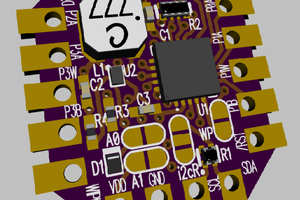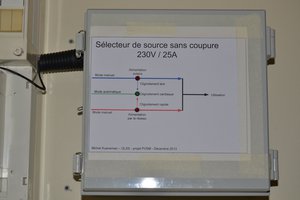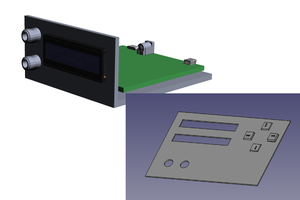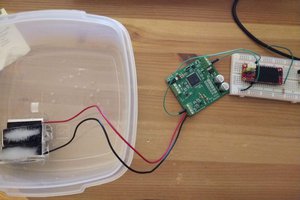From the Go Configure ForgeFPGA Workshop 6.28 software, these are the details of the initial device offering:
Package:
QFN-24
Supported Development Platforms:
- ForgeFPGA Development Board (SLG7DVKFORGE) + ForgeFPGA Socket Adapter #1 (SLG4SA24-30x30)
Description: The SLG47910V provides a small, low power component for common FPGA applications. The user creates their circuit design by programming the One-Time Programmable (OTP) Non-Volatile Memory (NVM) to configure the interconnect logic, the IO pins, and the Macrocells of the SLG47910V. This highly versatile device allows a wide variety of FPGA applications to be designed within a very small, low power integrated circuit. The macrocells in the device include the following:
- Dense Logic Array:
- Equivalent to 900 4-bit LUTs;
- 1.8 k DFFs;
- 5 kb distributed memory;
- 32 kb BRAM;
- Configurable through NVM and/or SPI interface;
- 50 MHz High-frequency Oscillator:
- 3.41 MHz Low-power mode;
- Phase-locked Loop (PLL):
- Input from external source or internal oscillators;
- Power Supply:
- VDDIO: 1.71 V to 3.6 V;
- VDDCore: 1.1 V ± 10%;
- Power-On-Reset (POR);
 MagicWolfi
MagicWolfi


 Chris Hamilton
Chris Hamilton
 Michel Kuenemann
Michel Kuenemann
 Ashley Robinson
Ashley Robinson
News from Renesas about availability:
https://community.renesas.com/gpak-gfet/f/greenpak-greenfet/29049/forgefpga-availability
Basically, parts shall be available late Q2 2023.